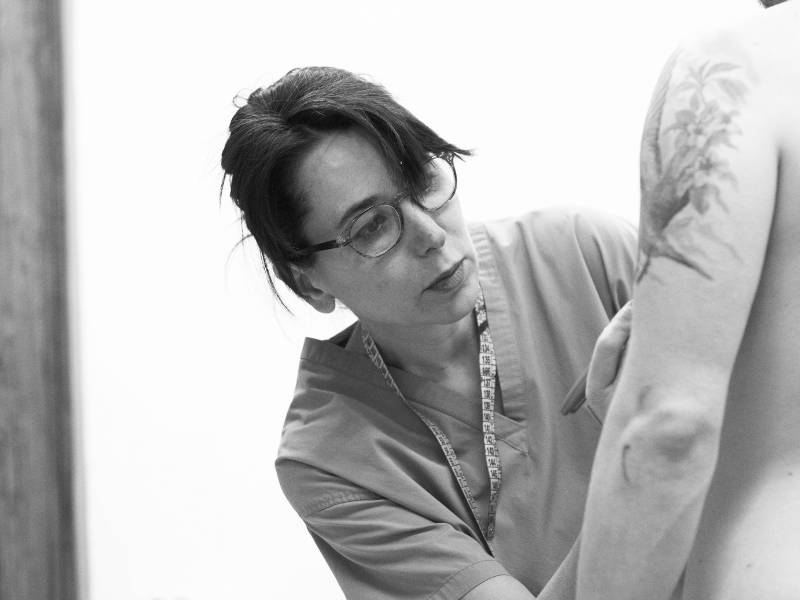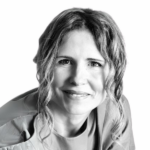Medical doctors and Surgeons
Lo Russo, finding oneself through surgery
«It is a moment of rebirth, and it is an honour to be present when the bandages are removed»
Giulia Lo Russo, medical doctor specialised in plastic, aesthetic and reconstructive surgery
The path to gender affirmation is a long transition period, often dotted with bureaucratic problems and long waiting times. But it is also a path that allows people to find the right body for their mind. Giulia Lo Russo, specialised in plastic, aesthetic and reconstructive surgery, is an expert in gender-affirming surgery, especially in male chest construction surgery for AFAB people (Assigned Female At Birth).
How to perform gender-affirming surgery
The gender-affirming pathway is long and requires a multidisciplinary team providing full support to the transgender person, ranging from psychologists to endocrinologists and eventually plastic surgeons. However, everything must be tailored to the individual: none of the steps is mandatory, and each person decides what therapy to follow and and what pace.

Often though, trangender people undergo surgery to feel better with their body. «Usually, the first operation done on AFAB patients is mastectomy and male chest construction, as it is a type of surgery that adapts the body to the mind» Lo Russo explains. «In AMAB patients, breast augmentation usually is not the first surgery, as hormonal therapy offers some breast volume that for some may be enough» she specifies.
«Then there are other operations for those who want them» the doctor continues, explaining that they are done less frequently as they are painful and complex. «Creating a neo-vagina and vulva is described by patients as very painful» she says. «Phalloplasty, too, is a challenging process». This explains why some transgender people only choose the more manageable gender-affirming surgeries, as they feel they are enough to live comfortably with their body.
The joy after waking up
Lo Russo proudly explains that the patients’ reaction to the male chest construction surgery after waking up are astounding, especially when they finally realise they are in a body they feel truly theirs. «It is a moment of rebirth, and it is an honour to be present when the bandages are removed» the surgeon recounts. «Finally being able to hug someone without feeling the breasts pushing, going to the beach and undressing, wearing tank tops without an uncomfortable binder, is something that seems trivial but really is not».
The surgery is not particularly taxing and lasts about one hour and a half, with immediate results. «Patients are happy right after surgery; they wake up with immediate joy» Lo Russo continues. «After the last routine check-up, one year later, we have to say goodbye and it’s hard».
Doctors are not the only ones helping the patients; families are also involved in ensuring their well-being. According to Lo Russo, parents these days are more accepting and more supporting of transitioning. «Those who accompany my patients are calmer and happier than years ago. There are mothers who bring presents or ribbons to their sons» she says. «Thankfully, society is gradually getting better».
When to start transitioning?
The best age to start gender-affirming therapy is a point of discussion and debate in the scientific community. «In the past, I mainly operated on people who were more than thirty years old» Lo Russo recounts. «Now I see younger people, even eighteen years old. Young people will become the norm, but not because it is “a trend” as some say» she insists. What changed is society’s awareness and point of view on transgender people. Now each person is seen as an individual with a unique personality, who deserves happiness in a body they feel theirs.
«The earlier the transition process starts, the better, as to avoid the worst part of transitioning: waiting. Waiting to realise and accept the situation, waiting for others to do the same, and waiting for bureaucracy» Lo Russo concludes. As transition is a long process, that must be faced with peace of mind but also as soon as possible, as to give patients the body they want and deserve.




































